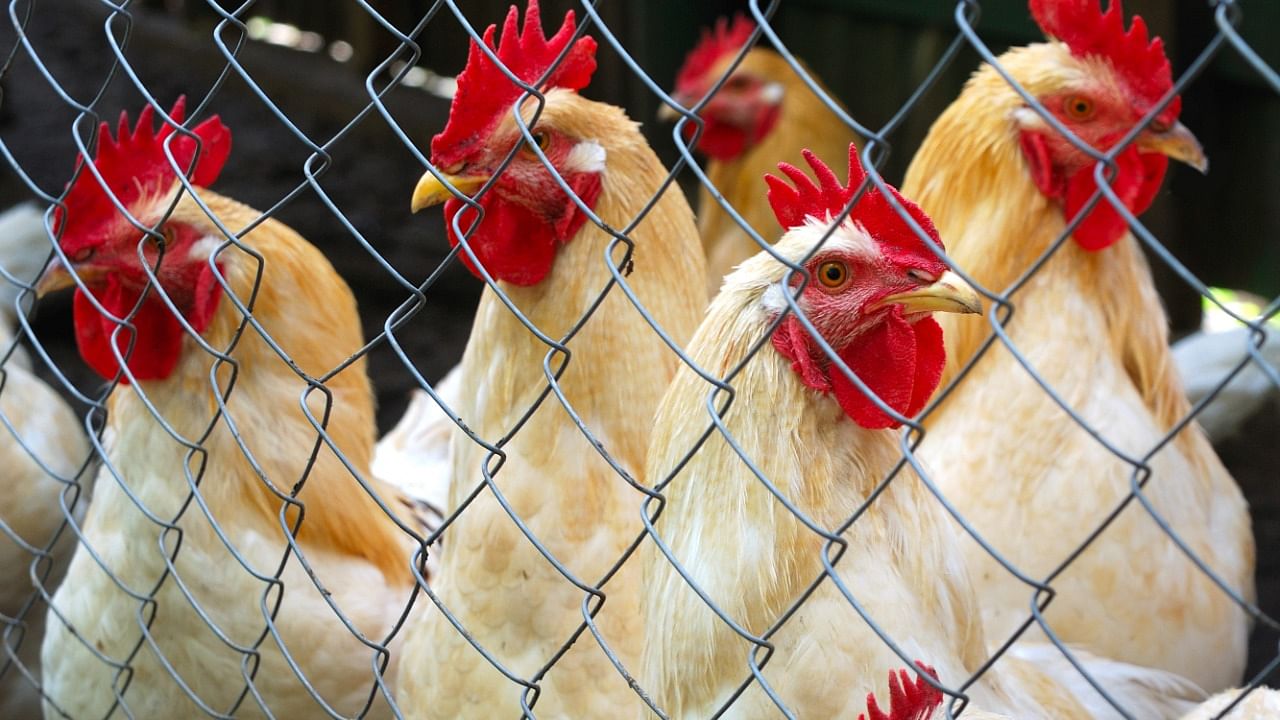
Scientists on Monday presented fresh evidence linking the earliest domestication of chicken to a 3,500-year-old site in Thailand, ruling out south India or northern China as the likely sites of origin as suggested by previous studies.
The new findings also note that poultry farming in South Asia was a post-Harappan development and that the domestication of chickens took place in Southeast Asia and coincided with rice cultivation.
As the process of chicken domestication remains unclear, the team stitched multiple pieces of evidence to trace the timing and circumstances under which chicken evolved from wild jungle fowl into domesticated but exotic bird and then as a staple food across the world.
European researchers reassessed chicken remains from more than 600 archaeological sites in 89 countries based on archaeological, iconographic and textual data for the study which was published in the Proceedings of the National Academy of Sciences.
They correlated the distribution of chickens in the archaeological records with human societies and their subsistence strategies to prove that the earliest, unambiguously domestic chicken remains were from Ban Non Wat in Thailand, dated around 1650–1250 BCE.
The findings contradict previous identifications of chicken remains and suggest that the fowl was not domesticated on the Indian subcontinent, did not reach Central China, South Asia or Mesopotamia until around 1000 BCE, and arrived in Ethiopia and Mediterranean Europe by around 800 BCE.
A correlation between early chickens and the first appearance of rice and millet cultivation suggests that the production and storage of these cereals may have acted as a magnet, thus initiating the chicken domestication process.
In the Indian subcontinent, identification of early remains of domesticated chickens is problematic due to the co-occurrence of an endemic red junglefowl subspecies (in eastern, central and parts of northern India along the Ganges) and the gray jungle fowl that was found in the south and western parts.
While bird bone remains from along the Middle Ganges around 4500 to 2000 BCE are likely to be wild birds, some earlier studies had also linked domestic chickens with farming communities of the mature Harappan culture nearly 2600 to 1900 BCE in the Indus river basin.
“Our analysis demonstrates that key specimens from sites belonging to this cultural phase including Mohenjodaro and Harappa have either been misidentified, or are too large to be confidently categorised as prehistoric domestic birds,” the team reported.
The reappraisal of published chicken bone specimens in Chalcolithic and Bronze Age sites across India and Pakistan dating nearly 3500 to 1000 BCE undermines both the species identification and the domestication status of these remains.
